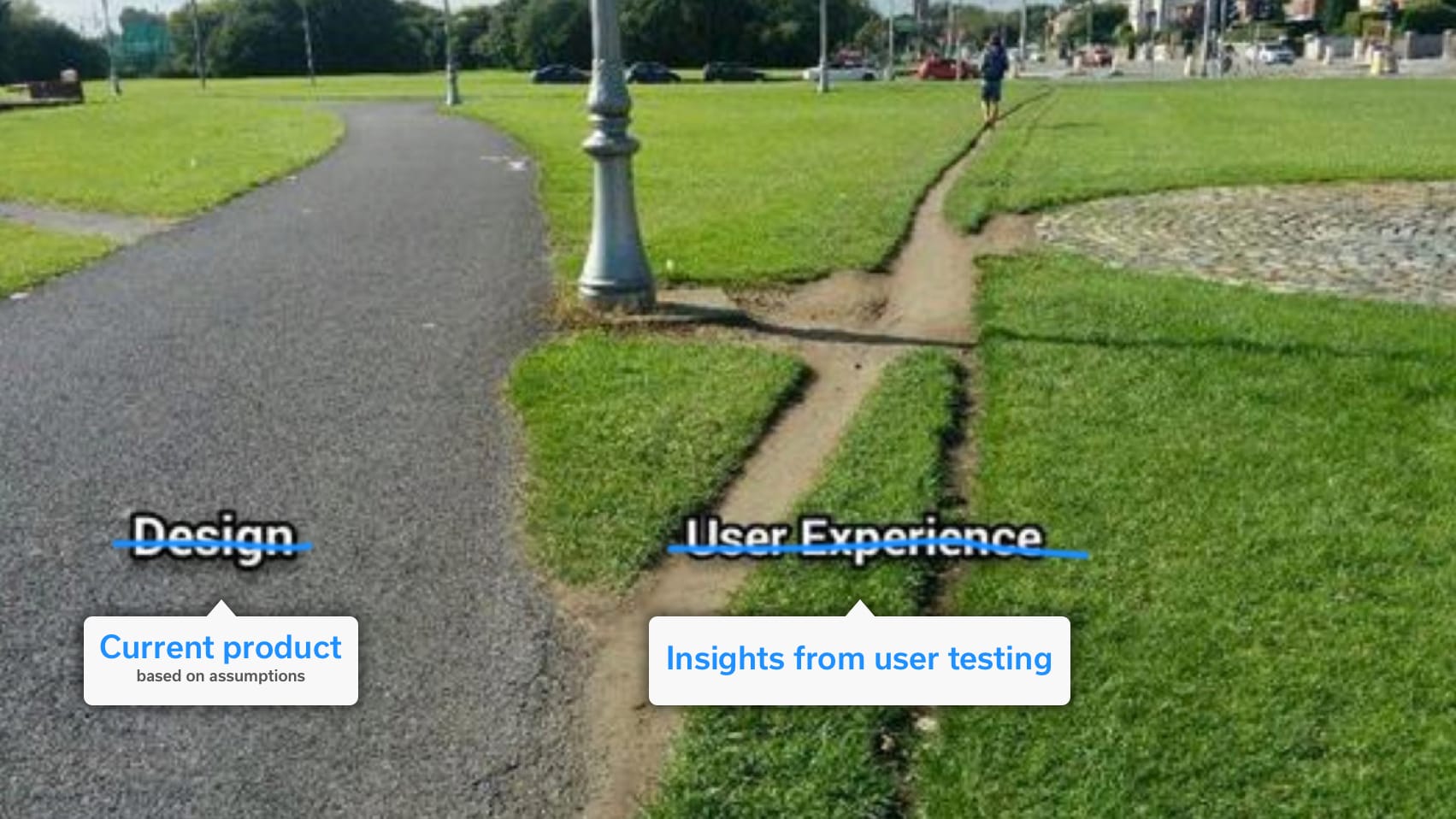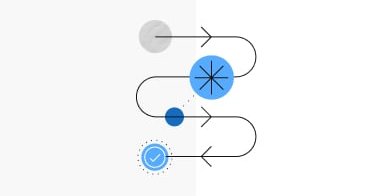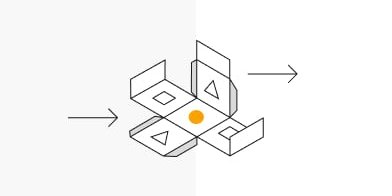Everyone is craving for a good user experience ... But why is good UX design so important for companies too?
We all use the internet – sometimes more and sometimes less intensively. As users, we download apps and visit websites, always looking for information, products and exchanging ideas with others. As a result of this regular use, we have developed a certain standard over the years and expect that the use of digital products and services will be easy, smooth and, ideally, entertaining, regardless of whether in a private or professional environment.
Conversely, it also means that we no longer accept a page loading for minutes, apps being peppered with cryptic instructions or tasteless and meaningless interfaces.
The experiences when using digital products determine whether we visit a website again, whether we even use them on a regular basis and whether they make our professional and private lives easier and better.
Broken down to the central aspects, it is about us as users and our experience with accessibility, functionalities, user interfaces and their design.
This text is suitable for product managers, founders, managing directors and anyone else who might be new to the subject of UX design. It describes the core ideas of user experience and opens up a view on the numerous purposes of this discipline, which is although young already essential for successful corporate management.
We take a closer look at the topic answering the following questions:
- What is UX and why is it so important?
- What does UX design mean?
- Why is UX design important?
- So why is UX design important for your business?
- What are the most important things to understand throughout a UX design process?
- Who does UX design?
- What does user experience have to do with product development?
What is UX and why is it so important?
UX (ˈjuː-ˈɛks) stands for User EXperience and is used internationally as a fixed term. The German synonym is “Nutzererfahrung” and mainly refers to the interaction with digital applications such as websites and apps.
A good user experience should guide the user or customer smoothly to the goal they are striving for – regardless of the point at which they joined the company's offer. For example, he clicks on an ad and is taken to the company's website. Here he may research information and sign up for a newsletter. During this process, the UX is the experience that the customer has made with the offers of this company. It should always be as clear as it is appealing.
This optimization of experience does not only apply in B2C, but also in the B2B area. A company can have a great interest in optimizing the user experience e.g. when using company software so that employees have to spend as little working time as possible on it, for example for process documentation or requesting leave.
What does UX design mean?
User experience design or UX design makes a decisive contribution to ensuring that the man-machine-interaction is ideal. The needs and expectations of the user are always the focus of the design - he and his user experience receive full attention.
Design is not understood here in the common sense as “making things beautiful”, but rather as a concept or as a structured design of use. Above all, UX design clarifies which functions a company would like to offer or which functionalities are expected by the customer, and how these can ideally be structured and designed.
Not only the graphical surface, the user interface must be clear and appealing. Explanatory texts, sensorial instructions or acoustic prompts should also be free of ambiguities or room for interpretation. The UX design has a decisive influence on how a user feels and how he perceives a product and a company.
The Honeycomb from Peter Morville, a pioneer in the field of user experience and information architecture, sums up these requirements:
Why is UX design important?
UX design is so significant because it affects all aspects of a product or service. This can be a landing page about a specific topic, a website with a wide variety of information, the physical / virtual product itself or the related services. It is important that it always has to be doubtlessly recognizable and clearly tangible in its individuality. Nowadays users expect professionally designed products and services. The company's success therefore also depends largely on the UX design. In addition, User Experience Design is a strategic tool that can help bring forward-looking solutions to market.
So why is UX design important for your business?
UX design is of such central importance for a company because it significantly increases customer acceptance of products and services and can thus actively increase sales. User-friendly design also helps to reduce costs in the long term, e.g. by reducing support requests.
UX design makes the processes in a company clearly visible and the company's success clearly measurable (through KPIs, such as the Net Promoter Score). Due to the ability of UX design to work out and illustrate these central KPIs, it became one of the strategic tools of contemporary corporate management.
What are the most important things to understand throughout a UX design process?
 This is a well-known meme that sums up how dispensable design can become without user testing. We updated it according to our understanding. Source: @vinniequinn, twitter
This is a well-known meme that sums up how dispensable design can become without user testing. We updated it according to our understanding. Source: @vinniequinn, twitter
As mentioned in the beginning, customers today have very high demands on digital products. Outstanding usability can therefore decide whether a customer opts for product A or product B.
Against this background, it is essential that UX designers do not create functionalities and user interfaces on the basis of their own assumptions, but rather collect research results and findings, aggregate them and carry out user tests. Solution-oriented strategies and concepts can only be successfully brought onto the market on the basis of these results.
At Boana, this takes place in a so-called UX Design Sprint - a two-week process in which innovative digital products are designed through prototyping and user tests.
Who does UX design?
The position of a UX designer could be described as that of a two-party lawyer.
On the one hand, he is the customer's advocate, because it is important to him that he makes the best possible user experience within the offers of a company (user goals). On the other hand, he must take into account the wishes and goals of the company and ensure that projects are led to the best possible result with the amount of resources available (business goals).
An ideal result would be e.g. the creation of an app that brings the company a large number of new and permanent users through a great customer experience and dominates highly competitive competition.
What does user experience have to do with product development?
The development of new products is more effective and sustainable company-wide using UX design methods because a central idea of UX design is collaboration with a huge variety of departments and stakeholders.
UX designers conduct dialogues with marketing and brand management as well as with sales, customer service or the development department. This overarching perspective and the visualization of the findings make it possible to strategically position brands and products in the market in an optimal way and thus lead them to success.




